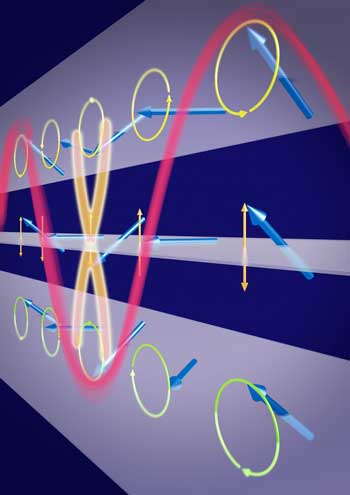 Researchers have successfully generated so-called spin waves much more easily and efficiently than was previously deemed possible.
Researchers have successfully generated so-called spin waves much more easily and efficiently than was previously deemed possible.
Wednesday, March 27, 2019
Researchers generate ultra-short spin waves in an astoundingly simple material
 Researchers have successfully generated so-called spin waves much more easily and efficiently than was previously deemed possible.
Researchers have successfully generated so-called spin waves much more easily and efficiently than was previously deemed possible.
Lipid vesicles transmit luminous or electrical signals
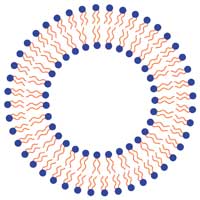 Fluorescent molecules or charges enable liposomes to transmit light or electrical signals. Magnetic particles added to the material allow transmission to be controlled by means of magnets.
Fluorescent molecules or charges enable liposomes to transmit light or electrical signals. Magnetic particles added to the material allow transmission to be controlled by means of magnets.
Fabrication of lightweight, flaw-tolerant and ultrastrong nanoarchitected carbon
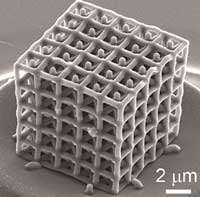 Researchers report the fabrication and mechanical behaviors of lightweight and ultra-strong pyrolytic carbon nanolattices which are insensitive to fabrication-induced defects.
Researchers report the fabrication and mechanical behaviors of lightweight and ultra-strong pyrolytic carbon nanolattices which are insensitive to fabrication-induced defects.
Engineers craft the basic building block for electrospun nanofibers
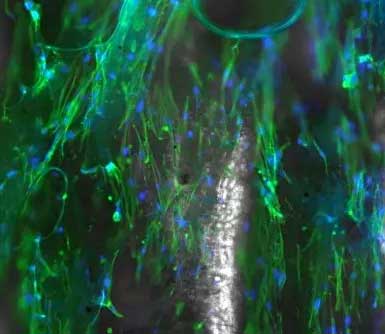 Scientists came up with a new way to create customizable nanofibers for growing cell cultures that cuts out time spent removing toxic solvents and chemicals.
Scientists came up with a new way to create customizable nanofibers for growing cell cultures that cuts out time spent removing toxic solvents and chemicals.
Unique electrostatically charged nanofiber with enhanced performance in filtering airborne pollutants and viruses
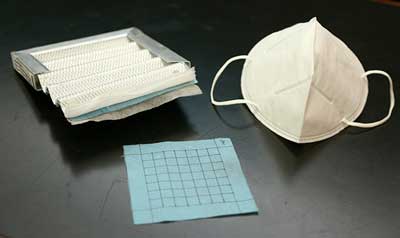 Researchers developed an electrostatically charged nanofiber filter with multiple separator layers, which can capture pollutant particles that are below 100 nm in diameter. The novel nanofiber filter demonstrates better performance in terms of breathability, filtration efficiency, and shelf life.
Researchers developed an electrostatically charged nanofiber filter with multiple separator layers, which can capture pollutant particles that are below 100 nm in diameter. The novel nanofiber filter demonstrates better performance in terms of breathability, filtration efficiency, and shelf life.
New research explores graphene-silicon devices for photonics applications
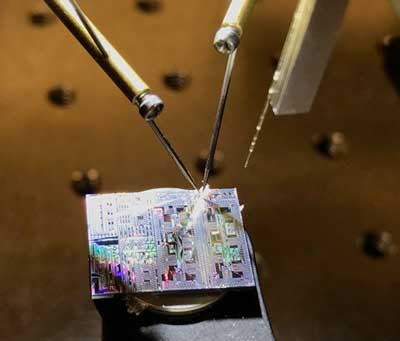 Researchers have engineered a silicon-graphene device that can transmit radiofrequency waves in less than a picosecond at a sub-terahertz bandwidth.
Researchers have engineered a silicon-graphene device that can transmit radiofrequency waves in less than a picosecond at a sub-terahertz bandwidth.
New software automates design of optical metamaterials (w/video)
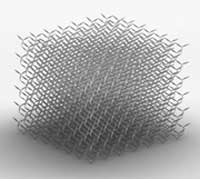 New software lets users design science-fiction-like materials with the same efficiency that architects draft building plans.
New software lets users design science-fiction-like materials with the same efficiency that architects draft building plans.
Subscribe to:
Posts (Atom)
